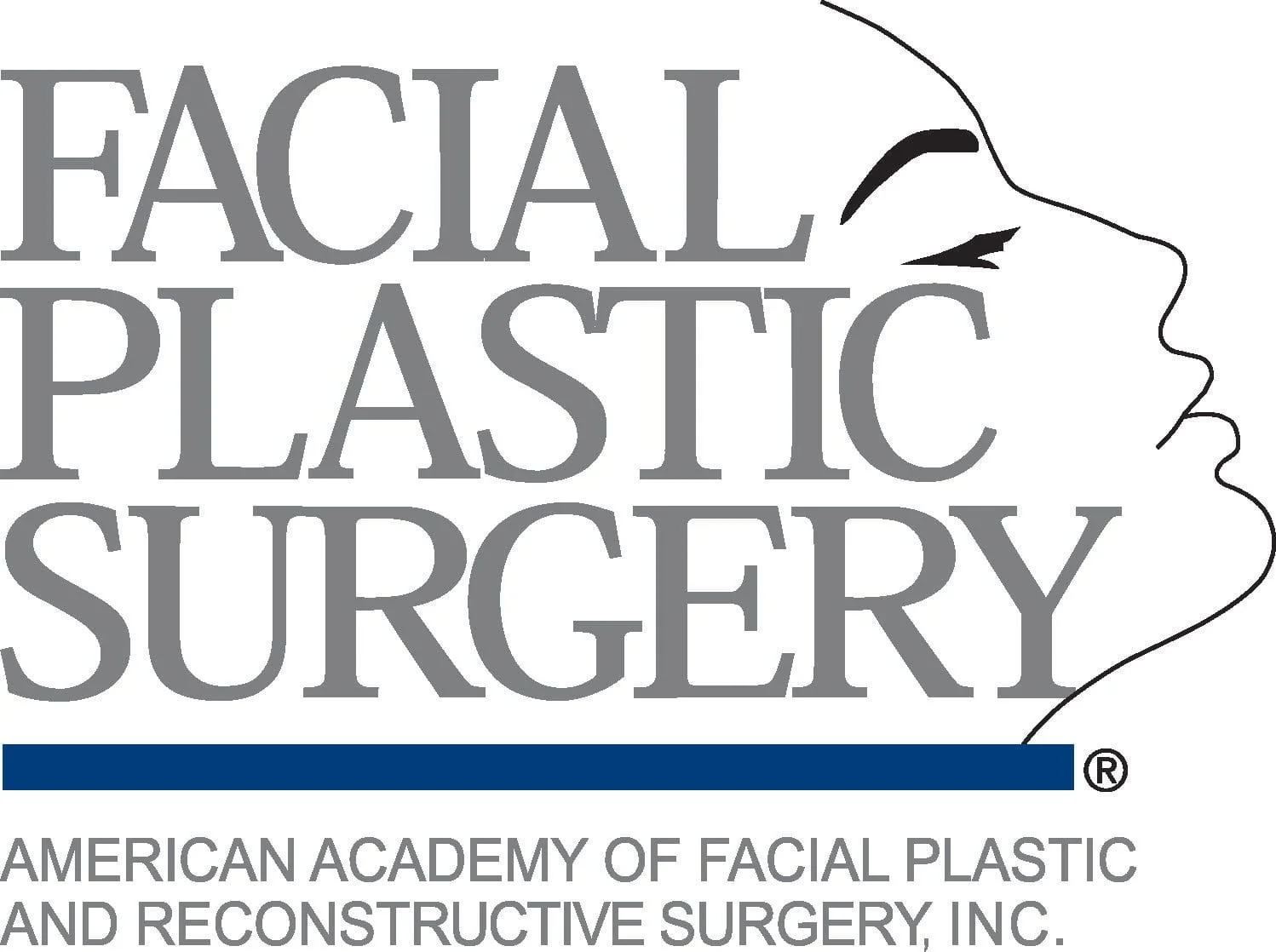Myringotomy is the most common surgical procedure for treating recurrent otitis media or otitis media with effusion. Myringotomy (also called tympanostomy) consists of making a small incision in the eardrum and vacuuming out the fluid. This may be performed alone in order to drain the fluid and examine for bacteria in the middle ear. If otitis media with effusion persists despite drug therapy, or if it is caused by anatomical problems, the physician may also perform tube placement, in which the physician inserts a small ventilation tube to allow for continuous drainage from the middle ear.
Surgery to drain the ear and implant tubes is the second most commonly performed surgery in children under two (circumcision is first). Most experts recommend the procedure if a child has fluid in the ear for at least four months and has hearing difficulties. Hearing is almost always restored after ear tube placement, and the operation can significantly improve many facets of the child’s life including ear pain and infection, impaired speech, emotional distress, and limitations in activity.
Although ear tube surgery requires general anesthesia, children usually recover in a few hours. Some feel minimal discomfort afterwards and are relieved by acetaminophen. Anesthetic eardrops may be used for topical pain relief.
In most cases, the tympanic membrane pushes the ear tube out and the hole in the eardrum closes. If effusion and hearing loss persist, then the operation may be repeated (20 - 30% of children undergo a second tube procedure).
AFTER SURGERY
If placement of the tubes is the only surgical procedure performed, your child should be back to normal either the afternoon following surgery or that next day. It is very common for children to pull at their ears, even for months after the surgery. So long as there is no drainage or fever to suggest infection, do not be concerned about this habit.
It is not unusual to have drainage, sometimes blood tinged, from the ear for a few days after surgery. If you are given eardrops or other medication after surgery, please use these as directed. Be sure to warm eardrops prior to placement in the ears by either putting them in your pocket for 15 - 20 minutes or placing the bottle in a glass of warm water. Ear pain after surgery typically responds to either Advil or Tylenol.
- DO NOT GET WATER IN THE EARS! This is very important because it may cause infections.
- You must use special earplugs when immersing head under water. (Earplugs are available through our office.)
- You may go swimming only if you do not put your head under water. You must use special plugs or ear molds if you swim. NO DIVING.
- It is extremely important that you come back for routine visits.
- Usually, your child should be seen within two weeks following the. Please call the office for an appointment.
- After this checkup, the follow up visits will be scheduled at 3-mo intervals until the tubes come out. The average time for the tubes to stay in is 6 to 12 months, depending on the type of tube used.
- There may be a bloody discharge after surgery. Clean the outside ear with a washcloth. DO NOT USE Q-Tips!
- You may return to school or work the day after surgery.
- Report any persistent drainage from ears or drainage that has a bad odor.



